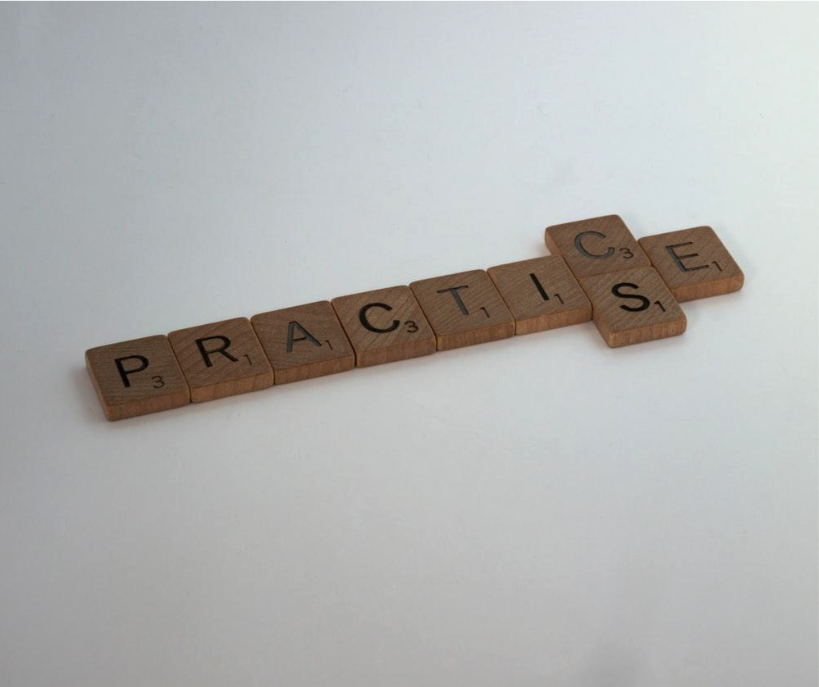Learn Conversational Spanish: The bits you really need to know

Image: Unsplash
Conversational Spanish is essential for effective communication in any Spanish-speaking environment. This article provides insight into what it entails, with examples and tips to enhance your skills in conversational Spanish classes.
What does conversational Spanish entail?
Conversational Spanish is highly sought after for its practicality in daily interactions and its significance in education and language acquisition. Mastering conversational Spanish is crucial for fluid communication in informal settings and feeling at ease when engaging with native speakers.
It encompasses using Spanish in everyday spoken interactions, incorporating colloquial phrases and expressions rarely found in formal or written language. This form of Spanish is characterized by its relaxed, intimate, and authentic nature, often featuring regional slang and idiomatic expressions unique to each area or country.
Characteristics and Examples of Conversational Spanish
Conversational Spanish is marked by active engagement between speakers, informal greetings, and more. Cultivating an appropriate conversational style fosters effective communication with native speakers.
Colloquial Spanish involves informal salutations like "hi," inquiries about one's day or mood, personal introductions, discussions on interests and hobbies, and everyday topics such as food and travel.

Image: Unsplash
It is also characterized by active participation from both speakers in crafting the conversation, fostering a natural style that facilitates effective connection and the ability to express oneself with ease and spontaneity. Here are some examples illustrating the characteristics of conversational Spanish and their application in everyday communication:
-
Informal Greetings: "Hola" (Hello), "¿Qué tal?" (How's it going?), "¿Cómo estás?" (How are you?)
-
Question about Mood: "¿Cómo te sientes hoy?" (How are you feeling today?)
-
Personal Introduction: "Hola, soy [Name]. Encantado/a de conocerte." (Hi, I'm [Name]. Nice to meet you.)
-
Inquiry about Food Tastes: "¿Cual es tu comida favorita?" (What’s your favorite food?)
-
Common Conversational Topic - Weather: "¿Qué tiempo hace hoy?" (What's the weather like today?)
-
Common Topic of Conversation - Hobbies: "¿Tienes algún pasatiempo favorito?" (Do you have any favorite hobbies?)
-
Colloquial Expressions: "¡Genial!" (Cool!), "¡No me digas!" (No way!), "¡Vaya tela!" (Wow, really?)
-
Polite Phrases: "Por favor" (Please), "Gracias" (Thank you), "Disculpe" (Excuse me)
-
Informal Farewell: "Hasta luego" (See you later), "Nos vemos" (See you), "Adiós" (Goodbye)
How to learn conversational Spanish classes?
When diving into conversational Spanish, grasping key vocabulary and its everyday usage is paramount. A study from Taiwan uncovered that even after nine years of language study, half of the students failed to grasp the 1,000 most commonly used words.
This underscores the importance of prioritizing high-frequency words. Fluency in a foreign language often correlates with vocabulary size. Approximate word counts can gauge proficiency levels in Spanish:
-
Beginner Level: Mastering 250 to 500 words allows for functional proficiency, facilitating basic conversations within weeks.
-
Sustained Conversations: A vocabulary of around 10,000 words is deemed necessary for engaging in fluent Spanish discourse.
Learning colloquial Spanish, whether independently or through conversational Spanish classes, extends beyond rote memorization of words and grammar. Here are some essential aspects to consider:
Verb Conjugation
Mastering verb conjugation is essential when learning Spanish. Verbs are categorized as -ar, -er, or -ir, with most being regular. Understanding these forms is crucial for a comprehensive grasp of the language.
Basic Vocabulary
While fluency doesn't require knowing every word, around 10,000 words enable meaningful conversations. Focus on high-frequency terms for everyday use, prioritizing those most commonly employed in spoken language.
Common phrases and questions
Learn a series of common and practical expressions and questions to engage in basic conversations in Spanish. This will give you the ability to initiate and sustain dialogues on a variety of topics.
Accentuation
The way accents are placed on Spanish words can alter their meaning. For example, “piso” (with stress on the first syllable) refers to “yo piso,” floor and apartment. While “pisó” (with emphasis on the second syllable) means “he (or she) stepped on”. Understanding the accentuation will allow you to avoid confusion.
Adapting to the context
The material you need to master may change depending on the environment in which you intend to use the Spanish language. For example, if you are looking to learn Spanish for travel, the material you need to master will be different from someone who wants to learn Spanish for career advancement.
Conversation Practice
The best way to acquire colloquial Spanish skills is through practice. This can be achieved by participating in conversational Spanish classes, exchanging languages with others, or simply engaging in conversations with native speakers as much as possible.
How to improve conversational Spanish skills?
To perfect your Spanish speaking skills, you can exercise with native Spanish speakers, listen to dialogues in Spanish, watch movies or series in Spanish, and participate in language exchanges.
There are also specific programs and courses, as well as workshops, focused on improving your ability to converse in Spanish. These resources can be of great help in gaining confidence and fluency in your Spanish conversations. To improve conversational Spanish skills, you can consider the following strategies:
1. Regular Practice
Constant practice is essential to developing conversational skills in Spanish. It is important to seek out occasions to converse in Spanish with native speakers or individuals who are studying the language, either in person or through online platforms.
2. Active Listening
The ability to actively listen is just as crucial as the ability to express oneself verbally. When taking part in conversations, it is essential to focus on listening attentively, asking questions to clarify doubts, and repeating the message to show genuine interest in the other person.
3. Learning from mistakes
It is crucial to keep in mind that making mistakes is part of the learning process. Learning from mistakes will contribute to your improvement and avoid repeating the same mistakes in the future.
4. Immersion in the language
Immersing yourself in the Spanish language can be beneficial for improving conversational skills. This can include reading in Spanish, watching Spanish TV shows or movies in Spanish, and listening to music in Spanish.
5. Feedback
Seek constructive feedback from native speakers or people with a high level of proficiency in Spanish. Feedback will help you identify areas for improvement and help you hone your ability to communicate in Spanish.












